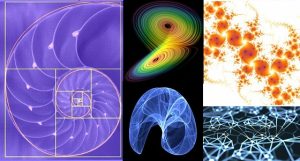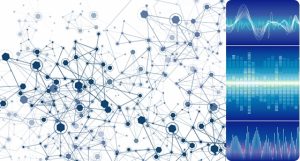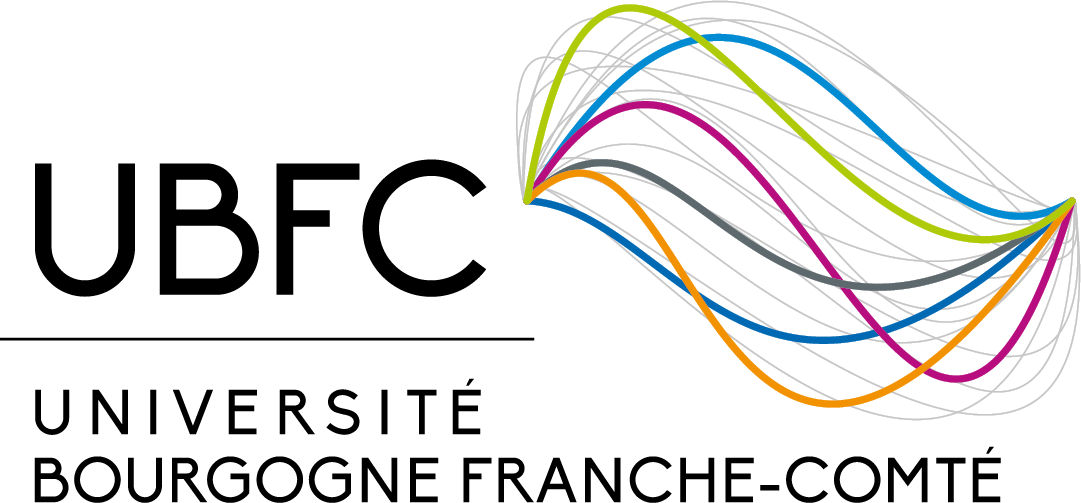Technical blocks
Numerical simulations (11 ECTS)

Scientific program
- Dynamical systems : forced systems, continuous time systems, discrete time systems, logistic flow, symbolic systems, cellular automata; flow orbits (fixed points, cycles, invariant torus, attractors)
- Algorithmic, local and asymptotical stability of dynamical systems (Lyapunov exponents, perturbation theory, KAM theorem) and chaos theory (chaos definitions, strange attractors and fractals, bifurcation theory)
- Classical molecular dynamics with thermostat and/or barostat
- Electronic structures of atoms and molecules (Thomas-Fermi approach), quantum dynamical systems (lattice spin systems)
- Gravitational dynamical systems (three-body problem, chaos in the solar system, post-Newtonian dynamics)
Computational approaches
- Zero of functions (dichotomy method, Newton-Raphson algorithm)
- Monte Carlo methods
- Differential equation integrators: finite difference algorithms (Euler, Runge-Kutta), symplectic integrators (Verlet, Leapfrog)
- Density functional theory methods, ab initio molecular dynamics methods
Used softwares
Python, Fortran, VASP
Algorithmics and programming (9 ECTS)

Computational approaches
- Linux OS, use of scripts
- Programming paradigms : structured imperative programming, object-oriented programming
- Scientific computation : interpolation and extrapolation methods, numerical integrations (Simpson and Romberg methods, Monte Carlo), least squares method, eigenequation solvers (shooting method, variational methods)
- Multiphysics computation (finite element software)
- High performance computing: parallel programming, GPU programming
Used softwares
Python, Fortran, Matlab, COMSOL, LaPack, SciPy, NumPy, Matplotlib, OpenMP, MPI
Data science (10 ECTS)

Scientific program
- Signal processing : Fourier series and transform, convolution, correlations, sampling, Z transform, filtering
- Statistics : Bayesian approaches, estimators (average, variance, gaussian law), χ2 test
- Network analysis: random dynamics onto a network, Google matrix, random matrices (level spacing distribution)
- Imaging sensors (CDD, CMOS, IR) : running, signal-to-noise ratio
- Machine learning (deep learning algorithms)
Computational approaches
- Discrete and fast Fourier transforms, signal numerical sampling, numerical filtering
- Data processing (linear and nonlinear regressions, least squares method), data visualisation, web data collection, data analysis (network representation, Google matrix method)
- Database (SQL)
- Data sorting and classification by machine learning method
- Astronomical image processing
Used software
Python, Matplotlib, Matlab, SQL, MIDAS
